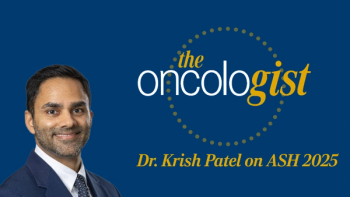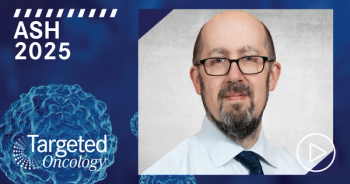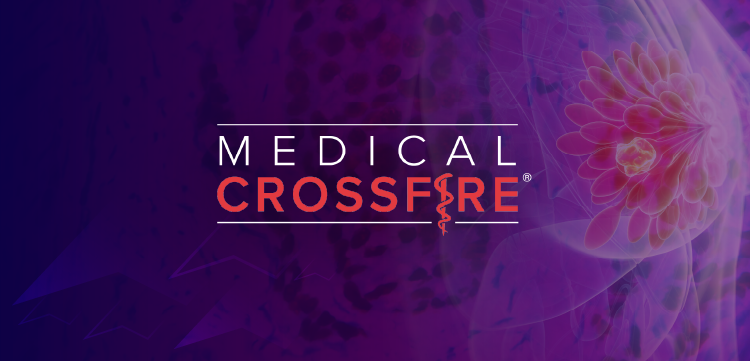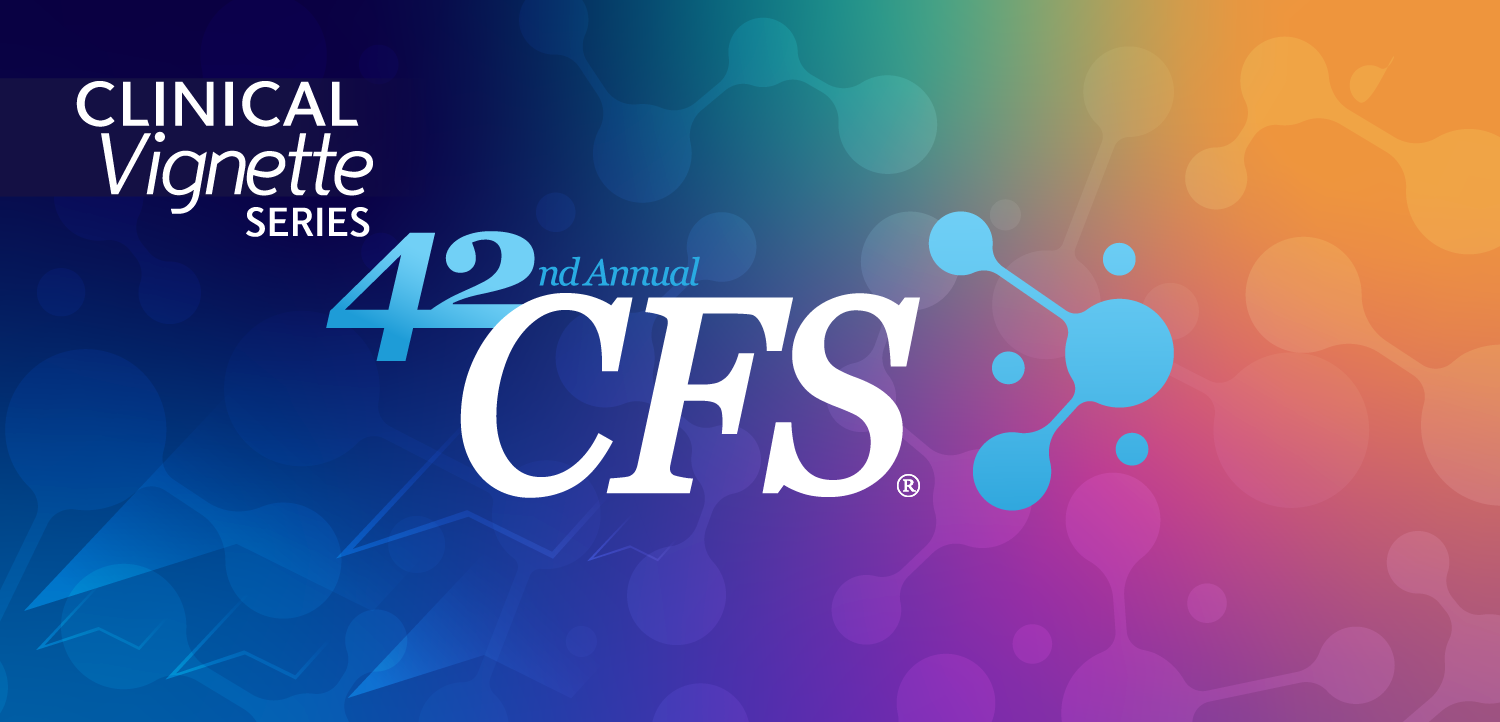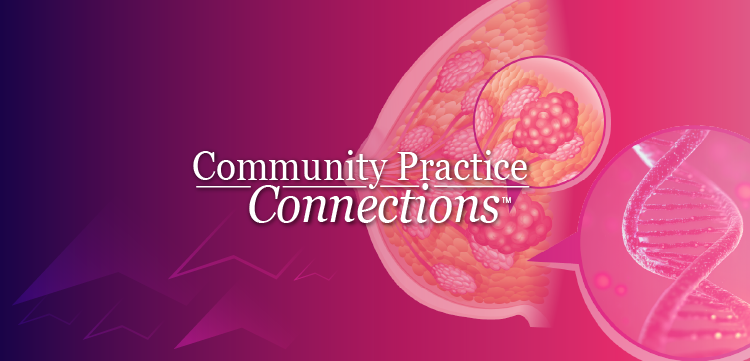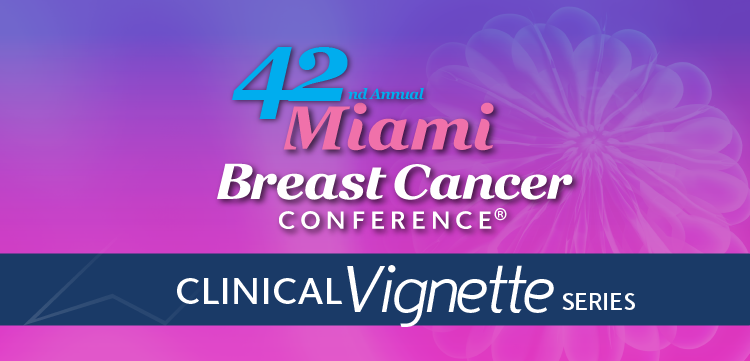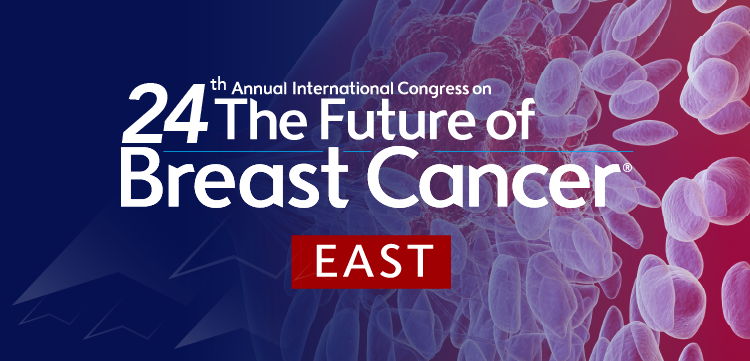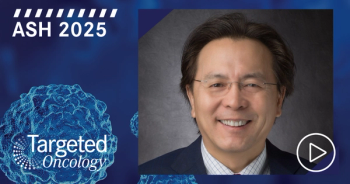
Frontline Treatment Options in Waldenstrom Macroglobulinemia
Steven P. Treon, MD, PhD:The initial management of somebody presenting with symptomatic hyperviscosity is plasmapheresis, plasmapheresis, plasmapheresis. There’s no guarantee that any therapy will be able to set in and correct things quickly, so you don’t want to waste time. If you’re seeing the extent of retinal hemorrhages, you’ve got to worry that this patient may be at risk for losing his vision. The bleeding isn’t just in the eyes. It may be occurring elsewherethe brain, for instance. The last thing that we want is for a 42-year-old to lose his vision, but, also, potentially have a stroke.
Plasmapheresis is by far the most important thing for this patient. It would be the correct answer before initiating or thinking about other types of therapy.
In looking at a case like this, I would be inclined to know what the genomics of this individual were. I would be thinking about his age. Given that he’s young, I would try to avoid administering therapy that may have an impact on his future ability to receive therapy, but also put him at risk for other cancers.
I would be looking at the symptoms that we need to address. In this particular case, we need to address the fact that he’s got symptomatic hyperviscosity. He also has bulky adenopathy. That’s a game-changer because there are classes of drugs that we use that are good at reducing bulky lymph nodes and there are classes of drugs that don’t. And so, being able to balance out the short- and long-term goals of this patient becomes critical. Genomics offer us an opportunity to determine options for therapy for this type of patient. But also, you’ve got to look at the underlying picture.
This individual received bendamustine as his initial therapy. This was predicated by the fact that his genomics had shown both aMYD88mutation, establishing the Waldenström diagnosis, and aCXCR4mutation. You would expect that in somebody who has symptomatic hyperviscosity because these are the classical patients who present with high IgM [immunoglobulin M] levels and symptomatic hyperviscosity. In this particular case, he actually had a nonsenseCXCR4mutation. This is when a mutation is introduced in the tail of theCXCR4gene, and this causes cleavage. This is important because there are many different types of mutations that occur in the CXCR4 pathway. The ones that are nonsense are the ones that are associated with very high IgM levels.
The problem with that is if you were to initiate a therapy like a BTK [Bruton tyrosine kinase] inhibitor it may take a long time before it actually produces a response. That’s not to say that would not have been appropriate, but in somebody who’s already presenting with symptomatic hyperviscosity you’d want to get control of the disease as quick as possible.
Also, when you look at the other classes of therapeutics that you would potentially use, proteasome inhibitors may be good at inducing responses but not against bulky adenopathy. So that would be another reason why this particular class of drugs would not be appropriate. We certainly wouldn’t use nucleoside analogues because we know that there’s a very high risk for disease transformation and the development of acute leukemia. This is a very young patient, so again, this is not an option that we would pursue.
This is where we start thinking about what’s in the best interest of the patient. Ordinarily, we would want to avoid using alkylating drugs because of potential damage to stem cells and the risk for setting the patient up for other problems down the line. But he’s clearly presenting with an oncologic emergencya very, very bad case here—and we need to get immediate disease control. So, in this particular case, a drug like bendamustine would be reasonable. Perhaps, given his young age, you’d want to be able to keep the number of cycles of therapy to a minimum. We often use 4 cycles of therapy of bendamustine when we treat younger patients. For this particular case, I think this would be appropriate to do.
I would not use rituximab right off the bat because we all know that rituximab can induce an IgM flare. Even though the patient underwent plasmapheresis and we got the IgM level down, we would be concerned about using rituximab right off the bat because it could flare that IgM and we could be back into symptomatic hyperviscosity again. So the right thing to do is start with the bendamustine therapy and go for 1 or 2 cycles until the IgM gets down, particularly under 4000, and stays down. And then, one can add in rituximab for the care of this particular patient.
Transcript edited for clarity.
A 42-Year-Old Male With Relapsed/Refractory Waldenström Macroglobulinemia
September 2016
- A 42-year old male presented with blurry vision and nosebleeds.
- Physical examination revealed retinal hemorrhages, adenopathy, and splenomegaly.
- Laboratories revealed a hematocrit of 18% (normal 34.8-43.6%)
- Platelets of 50,000/mm3(normal 155,000-410,000/mm3)
- Leukocyte count of 1,500/mm3(normal 3,800-9,200/mm3)
- Serum total protein was high prompting a workup that revealed an IgMλ monoclonal protein and serum IgM level of 12,400 mg/dL.
- CT scans showed bulky adenopathy (> 5 cm)
- A bone marrow biopsy revealed that 80% of the intertrabecular space was involved with lymphoplasmacytic lymphoma.
- Immunohistochemistry demonstrated CD20 expressing bone marrow disease.
- Molecular diagnostic testing for MYD88 and CXCR4 is pending
Treatment
- The patient began several emergent rounds of plasmapheresis, and his vision and energy improved.
- His retinal exam improved and repeat serum IgM level was 3,892 mg/dL.
- The molecular diagnostic studies showed MYD88 L265P and CXCR4 nonsense mutations to be present in the tumor cells.
- The patient received bendamustine alone for two cycles, then rituximab was added to bendamustine for 2 more cycles. He attained a major response.
September 2018
- Two years later, he relapsed with progressive adenopathy (< 5 cm), symptomatic anemia, and his serum IgM rose to 5,459 mg/dL.
- Patient was started on rituximab/ibrutinib combination therapy.


